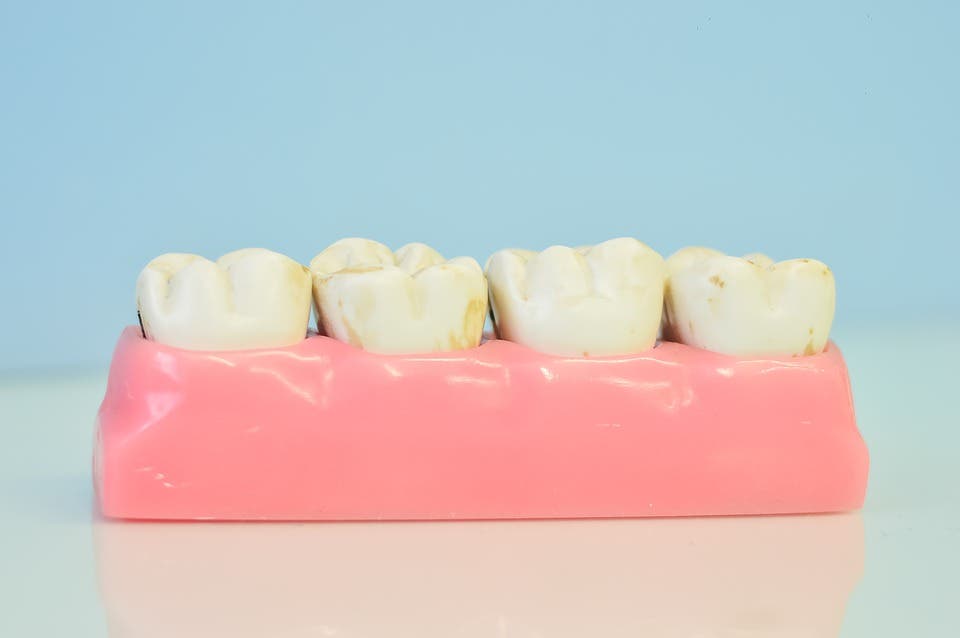Researchers in the University of Toronto’s Faculty of Dentistry have found evidence that our own bodies could be the major driver of tooth decay and filling failure.

The study shows how the decay of dentin (the hard substance beneath our teeth’s enamel) and fillings isn’t the work of bacteria alone. Rather, they report, it’s the product of an unintentional ‘collaboration’ between bacteria and immune cells known as neutrophils. As these two do battle, our teeth suffer the collateral damage.
Carpet bombing
“No one would believe that our immune system would play a part in creating cavities,” says Associate Professor Yoav Finer, the lead author of the study and the George Zarb/Nobel Biocare chair in prosthodontics at the Faculty of Dentistry. “Now we have evidence.”
Neutrophils are a type of short-lived immune system cells that play an important role in combating inflammation throughout the body. These cells make their way into the oral cavity via the gums around our teeth, where they fight off any bacterial invaders. But as they track and engage these bacteria, neutrophils also inflict damage on the surrounding environment.
“It’s like when you take a sledgehammer to hit a fly on the wall,” Finer says. “That’s what happens when neutrophils fight invaders.”
Byproducts of these engagements are the problem, the team explains. On their own, neutrophils can’t cause meaningful damage to teeth; these cells can’t produce any acid to attack the mineral-rich compounds. However, as they engage in an attack, oral bacteria do employ acids in a bid to defend themselves — and these demineralize teeth.
It’s here that the problem starts. The now-weakened teeth become susceptible to enzymes released both by bacteria and neutrophils, and these enzymes start boring through the demineralized area of teeth and tooth-colored fillings. Dentin and tooth-colored fillings sustain damage “within hours” of a bacteria-neutrophil showdown, the team reports. The research helps better explain why so many patients who had cavities filled with tooth-colored fillings face high rates of recurrence of the cavities. Most tooth-coloured fillings fail within five to seven years, costing Canadians an estimated $3 billion a year, the paper explains.
“It’s a collaboration of destruction – with different motives,” says study author Michael Glogauer, professor of the Faculty of Dentistry and acting chief dentist at the Princess Margaret Cancer Centre.
“Ours is the first basic study to show that neutrophils can break down resin composites (tooth-coloured fillings) and demineralize tooth dentin,” says master’s student and first author of the paper, Russel Gitalis. “This suggests that neutrophils could contribute to tooth decay and recurrent caries.”
While the findings may seem bleak, they actually point the way towards new potential treatment strategies. The findings may also help us develop new filling materials and test their resilience in the lab, potentially leading to much more durable fillings.
The paper “Human neutrophils degrade methacrylate resin composites and tooth dentin” has been published in the journal Acta Biomaterialia.
Was this helpful?



